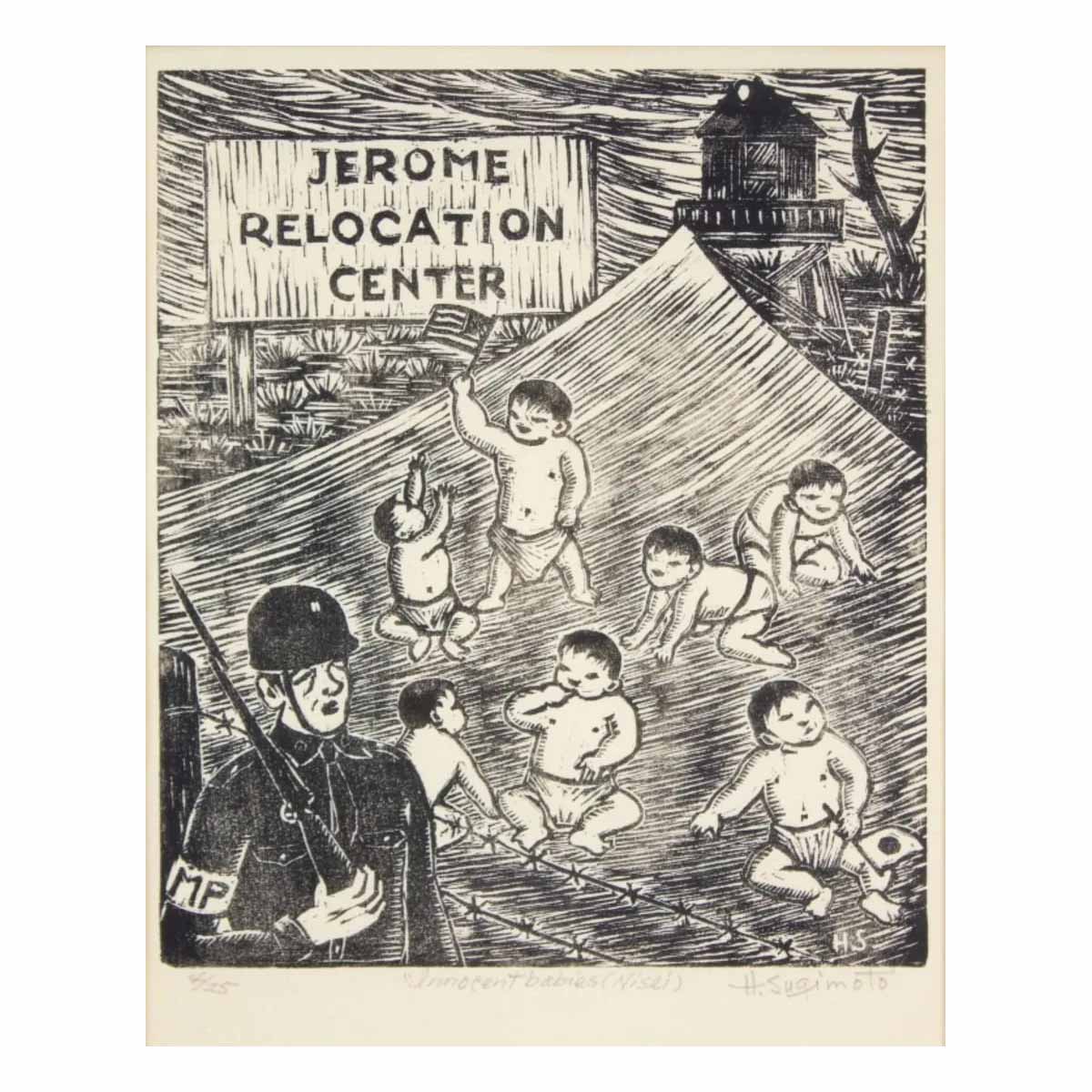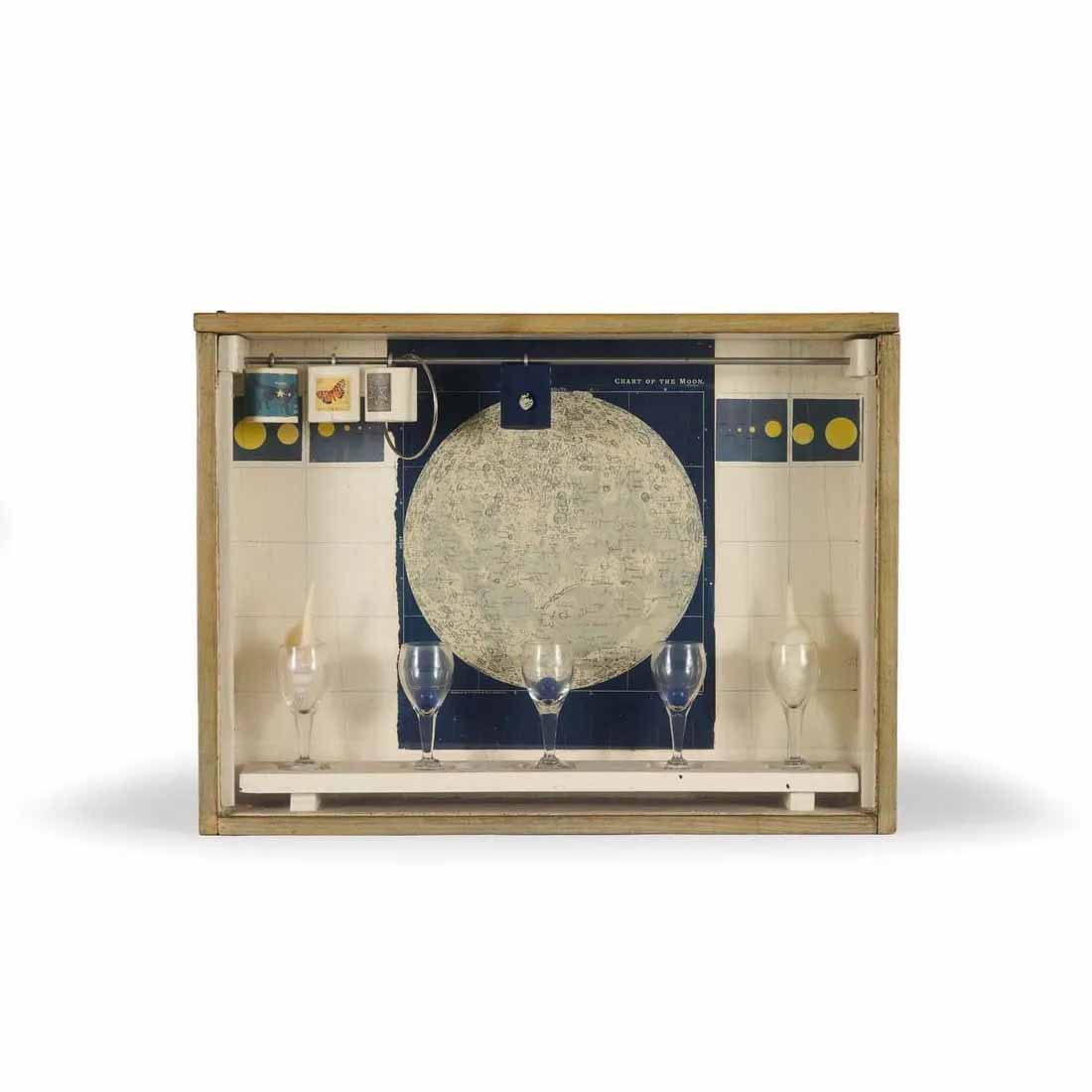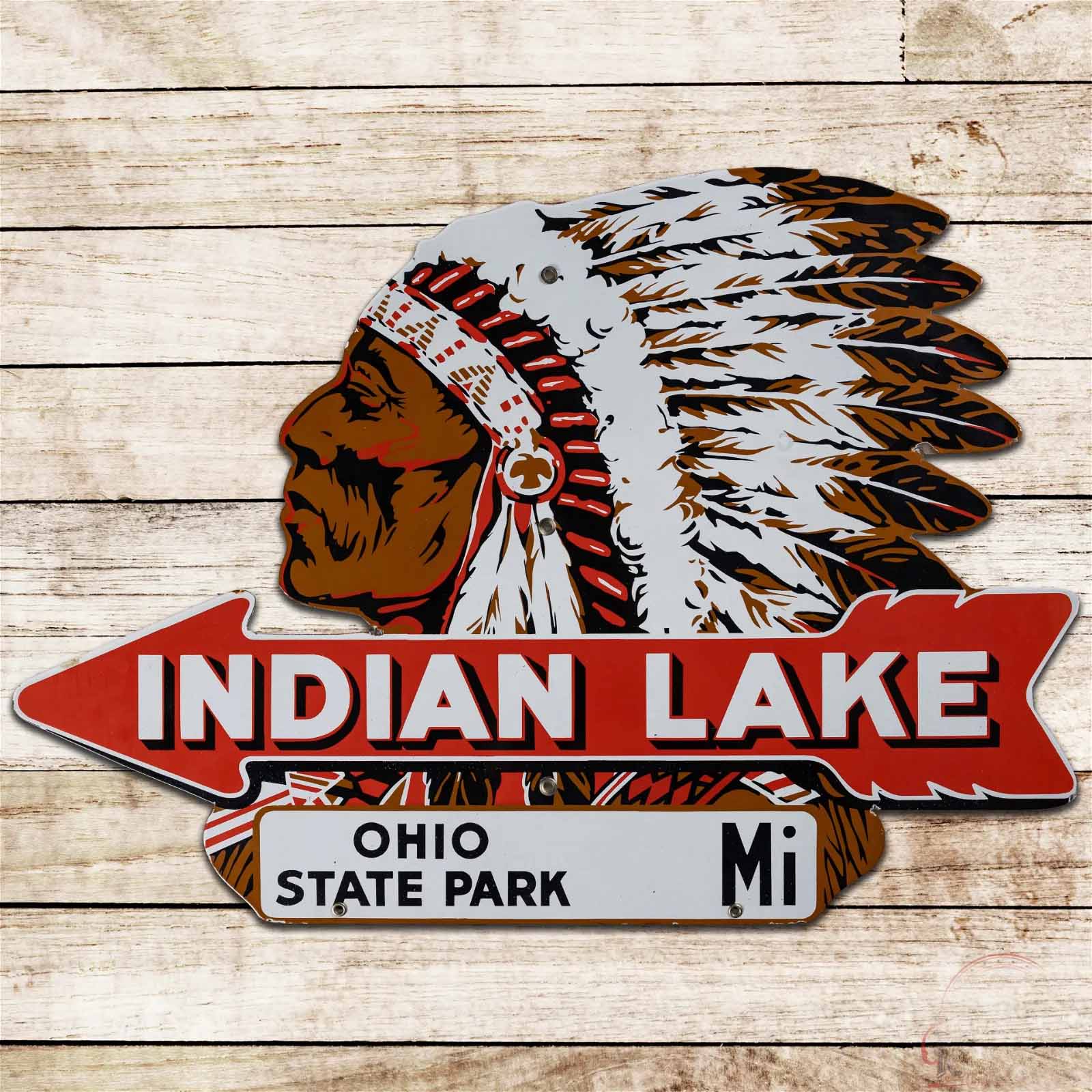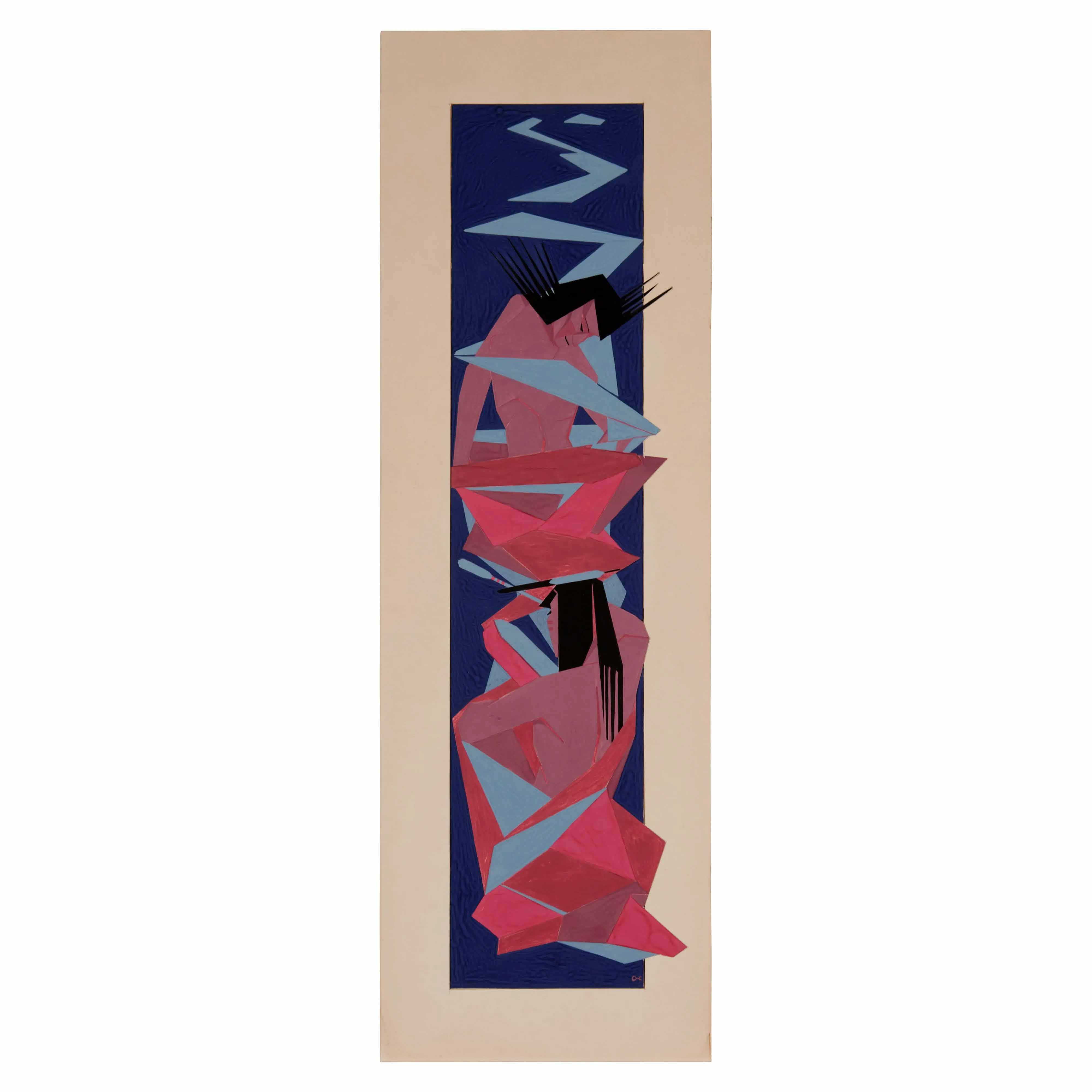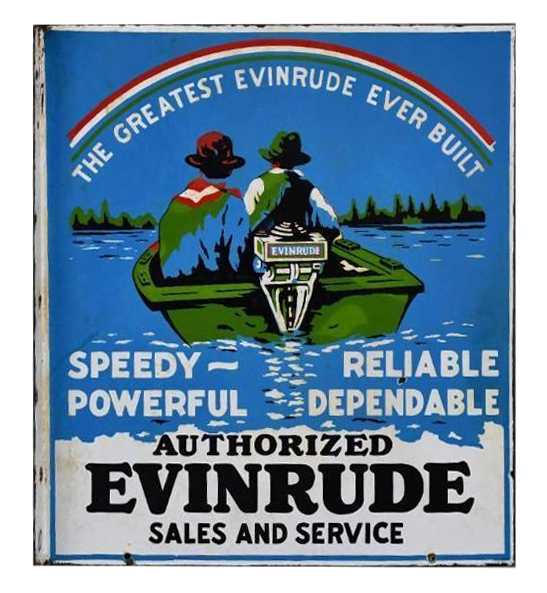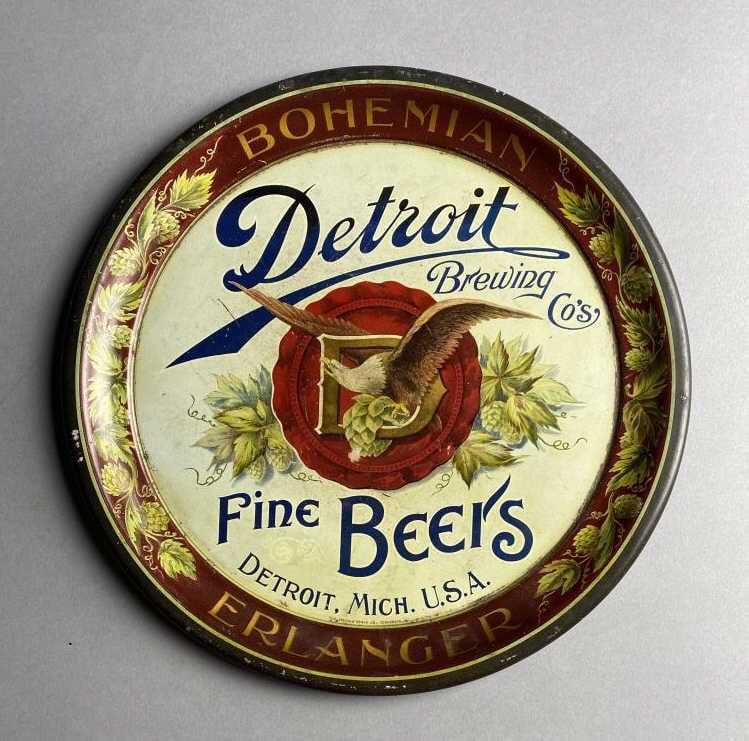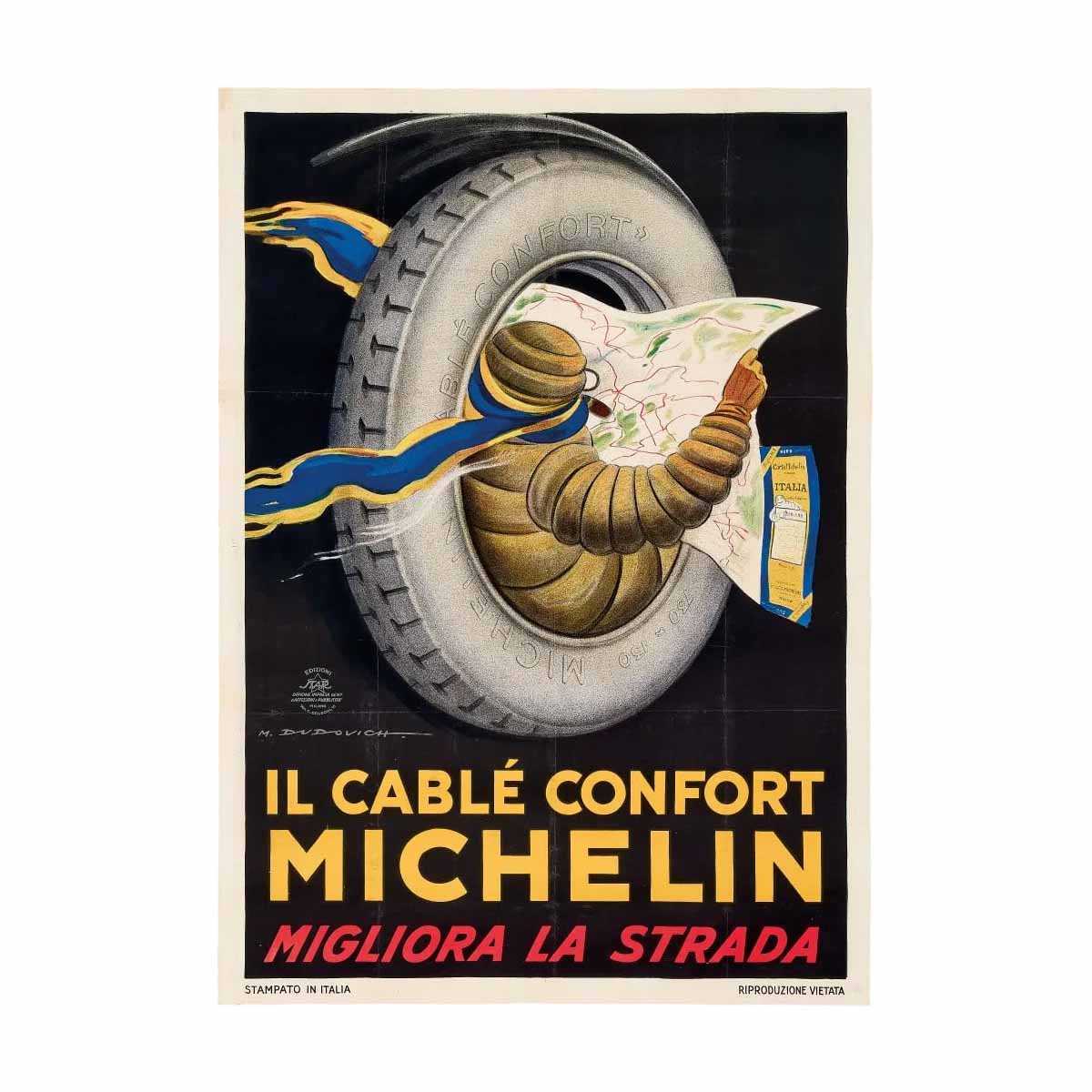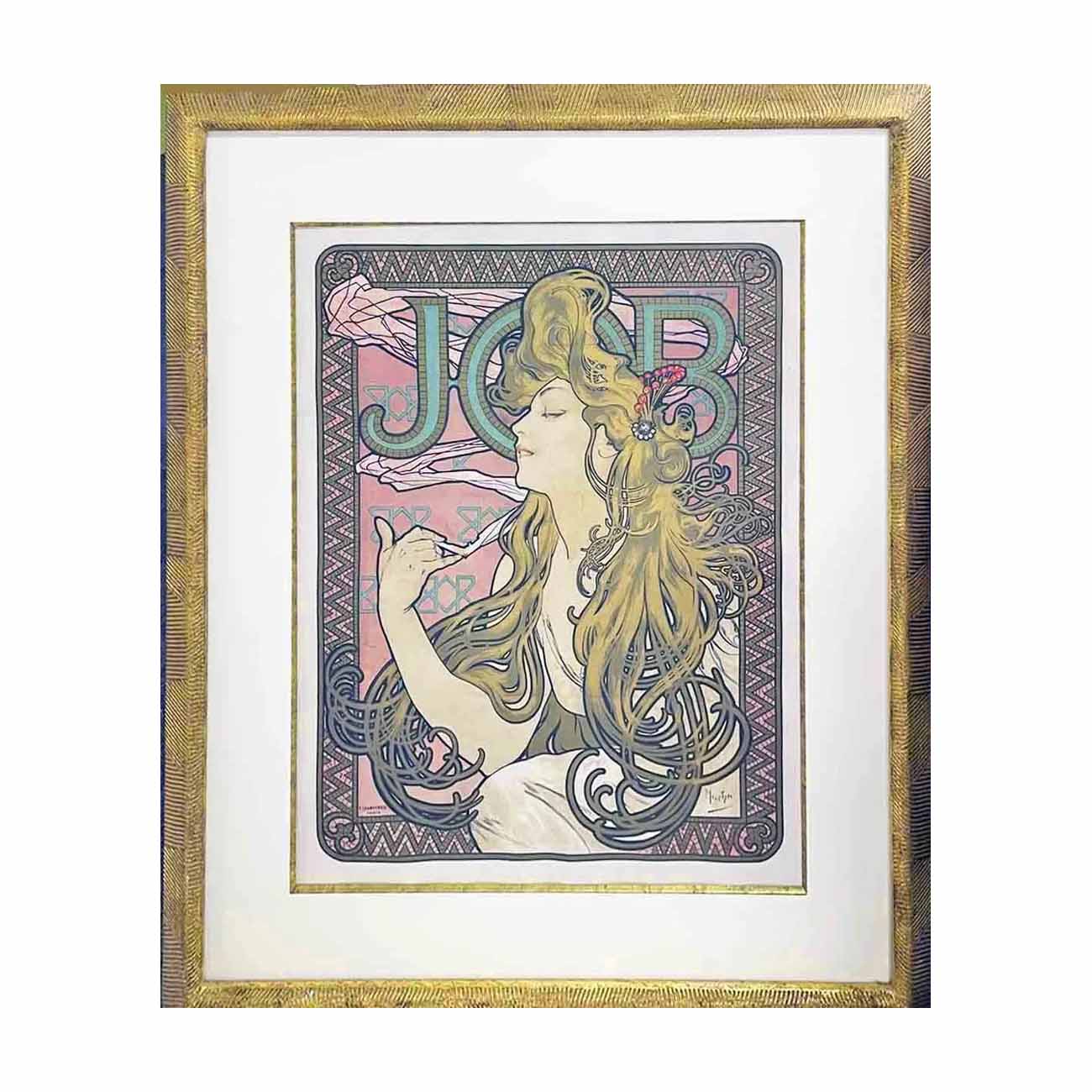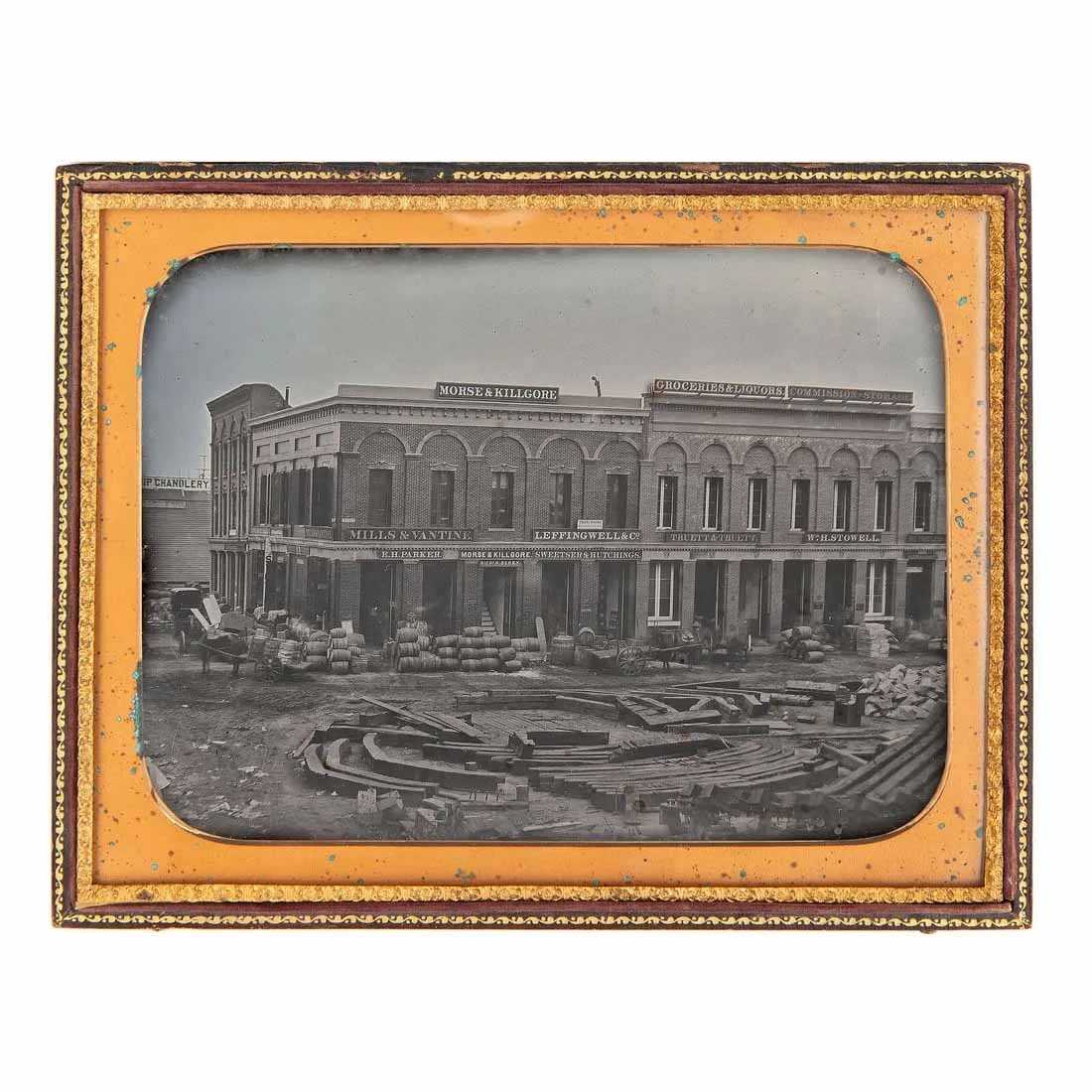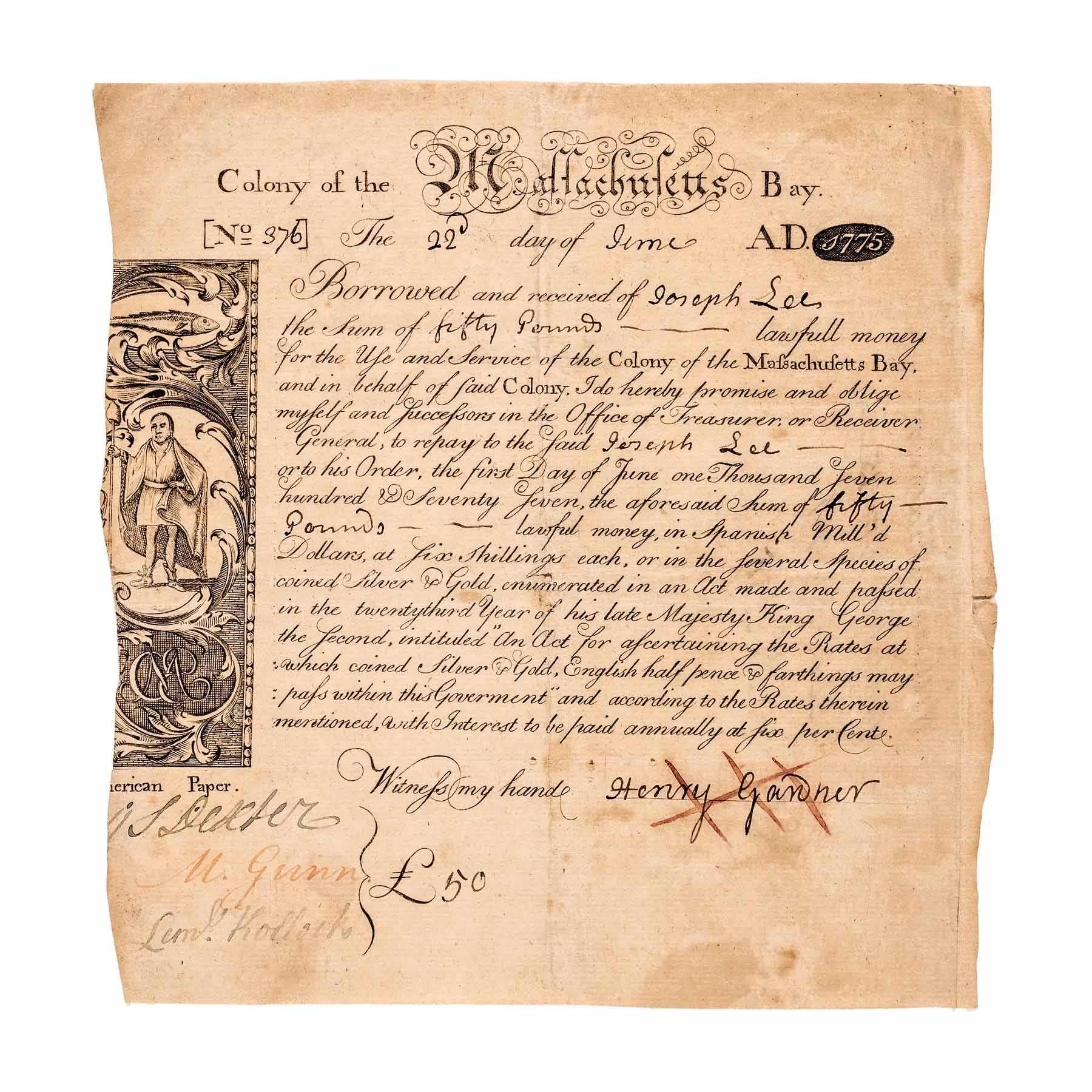SEATTLE — A small but important six-piece collection of woodcut prints by Henry Sugimoto (1900-1990) came to market at District Auction April 14 as part of its Fine Art, Mid-Century Furniture, and Decor sale. Estimated modestly at $75-$150, the circa-1965 black-and-white prints documenting his time in World War II-era Japanese internment camps all soared, with five of the six selling in the four-figure range. Complete sale results are available at LiveAuctioneers.
Born in Japan, Sugimoto was the grandchild of one of the last samurai, who were outlawed with the dawn of the Meiji period (1868-1912). His parents had relocated to America, leaving him and his brother to be raised by their grandparents, who were artistic by nature. Later, Sugimoto was summoned to Hanford, California, where his parents were living, and he eventually graduated from the California Institute of Fine Arts, which is now known as the San Francisco Art Institute. While teaching in Hanford, World War II broke out, and Sugimoto’s entire family was immediately interred as a result of Executive Order 9066. This allowed federal officials to displace people of Japanese descent into internment centers to deter espionage by Imperial Japan.
This experience would color the remainder of Sugimoto’s life, and though he struggled to gain recognition after the war, he did enjoy minor success. A series of woodcut prints were released around 1965, with artwork focused on his memories of internment in the Arkansas Jerome War Relocation Center.
The six prints in the sale all sold far above their modest estimates, with Innocent Babies (Nisei), signed and numbered 4 of 25, hammering for $4,000 ($4,800 with buyer’s premium). In the scene, a group of Japanese infants (called nisei, a term for second-generation Japanese in America) frolic behind barbed wire and a gun tower while an MP patrols in the foreground.
Also part of the 1965 release was Thoughts of Him, numbered 4 of 30 and similarly signed to the lower right. A young Japanese American mother cradles her baby in a camp with a picture of her soldier husband and an unopened letter nearby. The gunnery tower looms in the background just outside the window, a recurring Sugimoto theme. It hammered for $2,250 ($2,700 with buyer’s premium).


